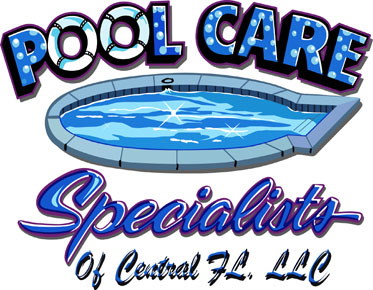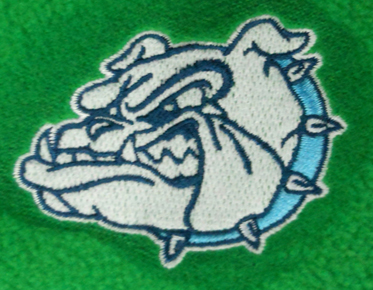The Future of Vector Art: Trends and Advancements
Vector
art has proven to be a versatile and powerful medium in the design industry. As
technology continues to evolve, vector art is expected to undergo significant
advancements. This article explores the future trends and developments in
vector art, including its applications and the role of vector art conversion services.
I. Real-time Interactivity and Dynamic Graphics:
Real-time
interactivity is set to become a prominent trend in vector art. Dynamic
graphics, interactive effects, and visualizations will be key elements in
creating engaging user experiences. Vector design services will play a crucial role in bringing these dynamic and
interactive concepts to life, employing their expertise to optimize vector art
for real-time interactions.
II. Three-Dimensional and Depth Effects:
The
future of vector art will witness the integration of three-dimensional (3D)
elements and depth effects. With advancements in software tools, vector art
will be able to depict complex 3D shapes, lighting effects, and volumetric
designs. Vector art services will
utilize these capabilities to push the boundaries of visual storytelling,
creating immersive experiences through their expertise in 3D vector art.
III. Augmented Reality (AR) and Virtual Reality (VR):
As AR and VR technologies continue to gain momentum, vector art will find new applications in these immersive environments. Vector graphics can adapt to different resolutions and provide scalable and adjustable visual elements, enhancing the visual experience in AR and VR applications. Vector design services will cater to the specific requirements of AR and VR platforms, providing optimized vector art assets for seamless integration.
IV. Automation and AI-powered Tools:
Automation
and the integration of artificial intelligence (AI) in vector art creation will
streamline workflows and enhance productivity. AI algorithms will assist in
generating complex vector patterns, optimizing color schemes, and automating
repetitive tasks. Vector design services will leverage AI-powered tools to
improve their efficiency and accuracy in creating vector art, while vector conversion services will utilize
AI algorithms to convert raster images into high-quality vector graphics with
precision.
V. Cloud Computing and Collaboration:
Cloud computing
technologies will enable seamless collaboration among designers working on
vector art projects. Online collaboration platforms and shared workspaces will
foster global teamwork, facilitating faster creation and development of vector
art. Vector design services will benefit from cloud-based collaboration tools,
enhancing communication and project management efficiency. Vector art
conversion services can leverage cloud computing to provide fast and reliable
conversions of raster images to vector format.
Conclusion:
The
future of vector art is promising, driven by real-time interactivity, 3D
integration, AR/VR applications, automation, and cloud-based collaboration.
Vector design services and vector art conversion services will play essential roles in adapting to these trends,
offering expertise, innovative techniques, and efficient solutions to meet the
evolving needs of designers. As technology continues to advance, vector art
will continue to be a vital medium in various industries, from branding and
advertising to digital media and beyond.



